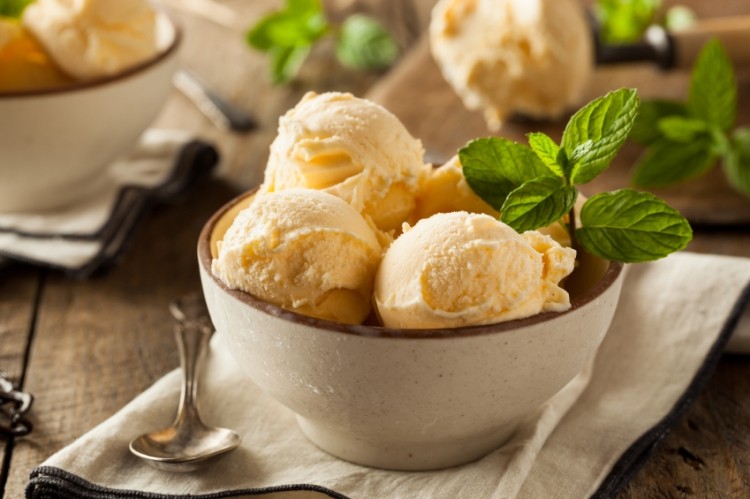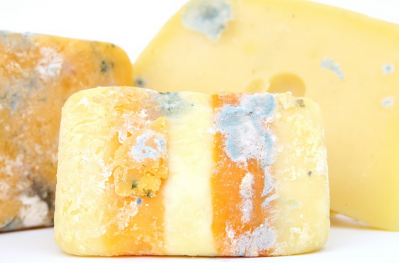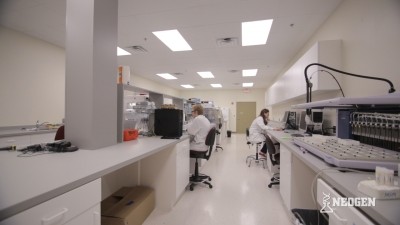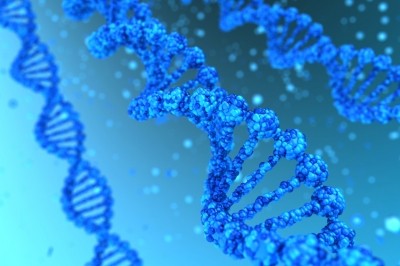FDA explores Listeria growth and detection in ice cream

The researchers used a culture independent method to describe culture dependent dynamics of L. monocytogenes recovery and growth.
It was done at four hour intervals using three different enrichment methods.
Whole genome sequencing and metagenomic analysis provided deeper understanding of the microbial composition and growth patterns in enrichment for L. monocytogenes associated with contaminated ice cream.
Results of the study were from bacteriological analysis of samples from a 2010 to 2015 listeriosis outbreak with several case-patients linked to milkshakes made from contaminated ice cream.
Culture enrichment and competing growth
Traditionally, samples are incubated in non-selective and/or selective enrichment broths and then plated onto selective media.
US Food and Drug Administration (FDA) researchers explored three different culture enrichment formulations commonly used for tracking causative agents of outbreaks.
The commonly used methods for detection of L. monocytogenes are buffered Listeria enrichment broth (BLEB), HFB-FB Half-Fraser broth (HFB) and UVM-FB University of Vermont modified broth (UVM) and then Fraser broth (FB).
During enrichment, other bacterial were identified, including Anoxybacillus, Geobacillus, Serratia, Pseudomonas, Erwinia and Streptococcus spp.
These bacteria, namely Anoxybacillus, Geobacillus, and Serratia, are competitive with L. monocytogenes during early stages of enrichment and lead to a decrease in abundance of the pathogen during the first 12 hours of enrichment.
L. monocytogenes became dominant after 24 hours in all three enrichments.
It is known that microorganisms naturally found in foods are likely to be co-enriched along with the pathogen of interest in standard enrichment methods.
Once L. monocytogenes is detected and isolated pulsed-field gel electrophoresis (PFGE) has been a widely applied method for subtyping isolates.
Shotgun metagenomic sequencing
Currently, both PFGE and WGS require isolation of confirmed cultures, which typically requires at least five to seven days for L. monocytogenes.
“The sequence depth and genome coverage achieved in the ice cream metagenomes was sufficient to generate draft L. monocytogenes genomes after 24–28 h of enrichment, which is considerably shorter than the 96 h typically required to enrich and isolate viable bacteria from food samples.
“Near complete genome coverage would facilitate high-resolution phylogenetic analysis, identification of virulence and antibiotic resistance factors, as well as subtyping.”
Lag times and growth rates for certain pathogens may be influenced by co-enriching species “native” to the food commodity or its production environment, said the study.
Enrichment cultures were analyzed using DNA extraction and sequencing from samples taken every four hours throughout 48 hours of enrichment.
Resphera Insight and CosmosID analysis tools were used for high-resolution profiling of 16S rRNA amplicons and whole genome shotgun data, respectively.
Though 16S rRNA gene sequencing data provided a detailed description of the ice cream microbiome and resulted in detection of L. monocytogenes, a deeper sequence analysis using shotgun metagenomics was necessary to characterize strains of the pathogen.
Whole genome shotgun sequencing and bioinformatics analysis by CosmosID allowed rapid identification of bacteria present during enrichment and monitoring of abundance every two hours during incubation.
Dr Rita Colwell, founder of CosmosID, said it intends to improve detection and surveillance for food safety and assure public health.
“These important findings indicate that whole genome metagenomic analysis can provide both identification of the pathogen and information on the abundance of those bacteria naturally occurring in the food samples being tested along with that of the pathogen of interest. Our methods allow discriminating resolution of the pathogenic strain itself.”
Source: BMC Microbiol. 2016; 16: 275
DOI: 10.1186/s12866-016-0894-1
“Enrichment dynamics of Listeria monocytogenes and the associated microbiome from naturally contaminated ice cream linked to a listeriosis outbreak”
Authors: Andrea Ottesen, Padmini Ramachandran, Elizabeth Reed, James R. White, Nur Hasan, Poorani Subramanian, Gina Ryan, Karen Jarvis, Christopher Grim, Ninalynn Daquiqan, Darcy Hanes, Marc Allard, Rita Colwell, Eric Brown and Yi Chen

















